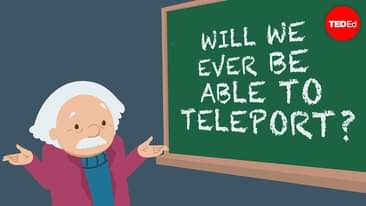The human trial of plasma dilution started in Russia last week. The lead researcher is checking how the biomarkers of aging will change in response to 110% plasma replacement during the therapy, and the difference between the group with albumin addition and without albumin. The trial is open to both Russian citizens and people from other countries. It is a hybrid model where part of the expenditures is paid by the volunteers, and part is provided by the patron of the research. This model allowed to get the trial started in record time — less than 9 months from conception to the start date.
The research group wants to test plasmapheresis in combination with other longevity therapies next to see if plasma dilution prior to the other therapy can enhance the results.
Are you interested in longevity news? Come over to https://youtube.com/x10show for more!
Does blood hold the secret to aging? That’s kind of what an ongoing clinical trial in Russia is trying to find out. Previous experiments carried out in aged mice suggest that plasma dilution has positive effects on cognition and neuroinflammation, and now scientists want to see if the procedure can positively impact humans too.
By the way, don’t forget our conference Ending Age-Related Diseases 2021 is coming soon! Follow this link to learn more and get your ticket:









